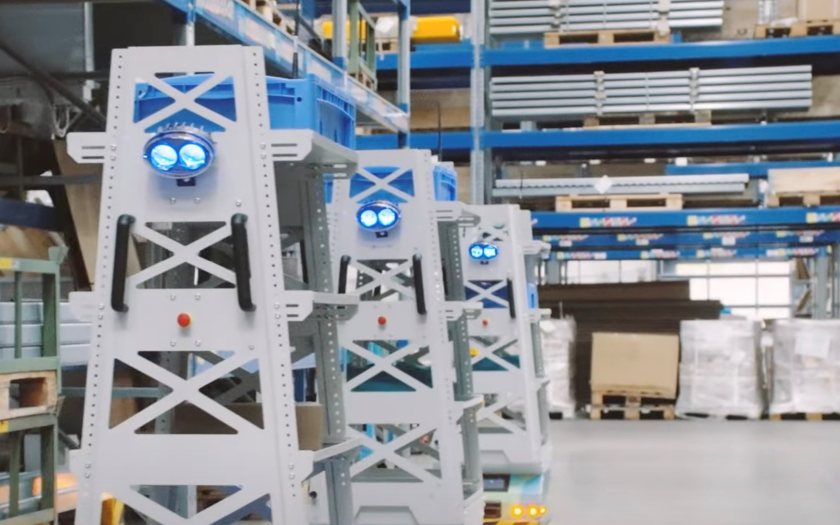
The integration of mobile robots with racking systems and other storage infrastructure is set to revolutionise warehousing, according to Edward Hutchison, Managing Director of BITO Storage Systems.
In the face of growing demand for faster delivery and greater flexibility—especially under the pressures of e-commerce fulfilment and seasonal peaks—warehouses are increasingly looking to automation to bridge the gap left by labour shortages and rising costs.
“Integrating BITO’s racking systems, pick towers and other storage solutions with mobile robots will provide transformative automation that is seamlessly integrated, error-free and deployed without operational disruptions,” said Mr Hutchison.
Autonomous Mobile Robots (AMRs) are becoming a common sight in UK warehouses, offering agile solutions that require minimal changes to existing infrastructure.
With the ability to scale up during peak periods by adding extra robots, AMRs are proving invaluable in providing both flexibility and resilience.
According to Grand View Research, the UK market for AMRs is projected to grow by 12.6% annually from 2024 to 2030, driven in part by their ability to work seamlessly alongside racking and shelving systems.
These robots are particularly suited to sectors such as e-commerce, fashion, food and pharmaceuticals, and are highly effective in small-item order picking. Collaborative robots—guided by intelligent control software—can dramatically increase efficiency by enabling batch and zone picking, cutting travel times, and reducing the number of required pickers by up to 50%.
Crucially, integration with existing pallet racking, shelving and multi-tier storage systems can take place without interrupting warehouse operations. AMRs are compatible with most Warehouse Management Systems (WMS) and ERP software, and require no fixed infrastructure, meaning warehouses can start small and scale up as needed.
This is further supported by the Robot-as-a-Service (RaaS) model, offering scalable, cost-effective access to automation without heavy upfront investment.
BITO notes that well-planned layouts, including narrow aisle configurations, are vital for maximising robot performance. Aisle widths as narrow as 1.12 metres are suitable for some models, while short charge times—around 50 to 60 minutes—ensure minimal operational downtime.
“For best results, businesses should seek out one-stop-shop suppliers capable of delivering a complete robot and materials handling solution,” added Mr Hutchison.
BITO provides its own LEO driverless transport system and collaborates with multiple mobile robot providers. Its solutions also include pick towers, shelving, racking, plastic totes and containers, offering end-to-end, future-ready warehouse automation tailored to meet the demands of a rapidly evolving logistics sector.